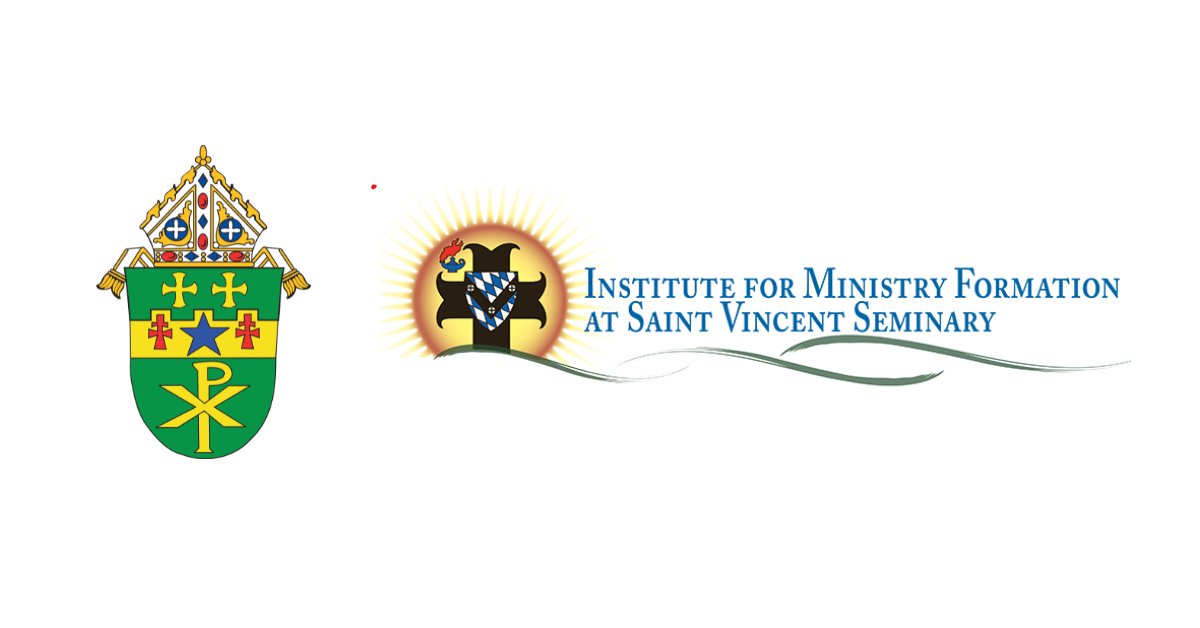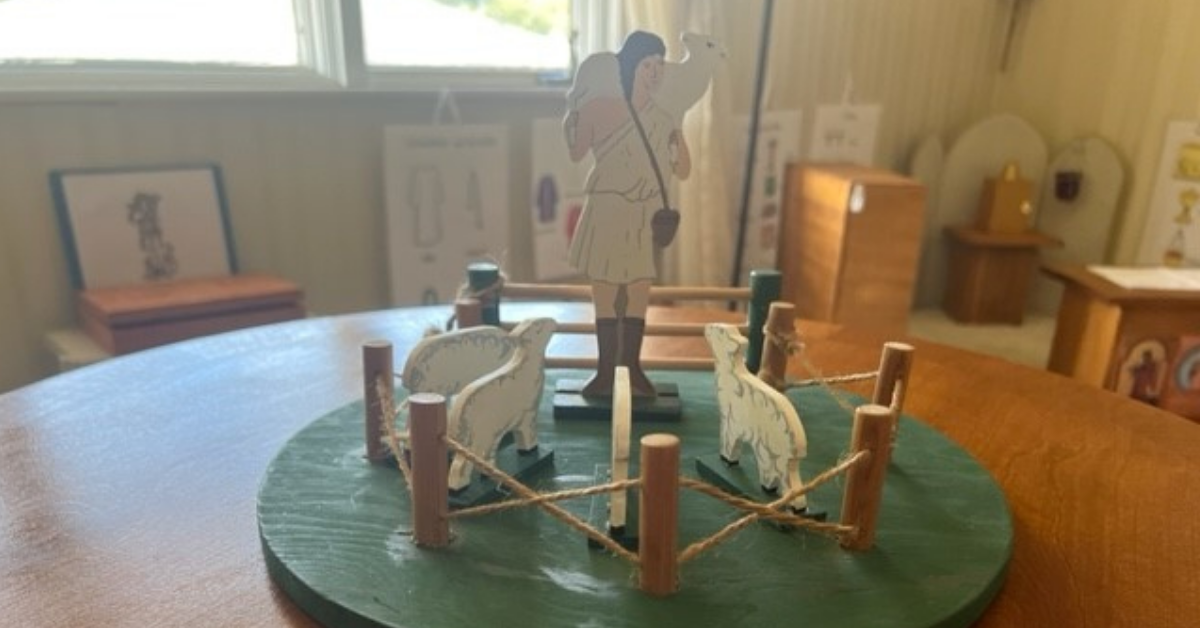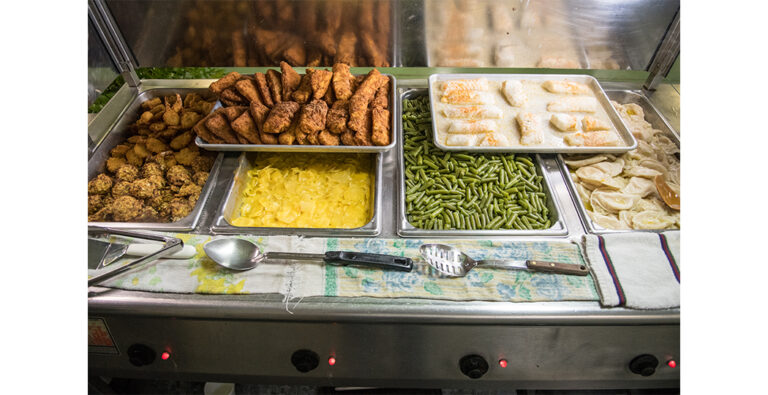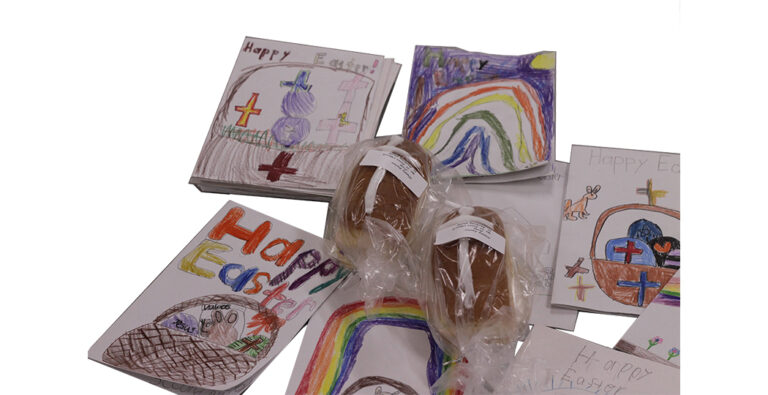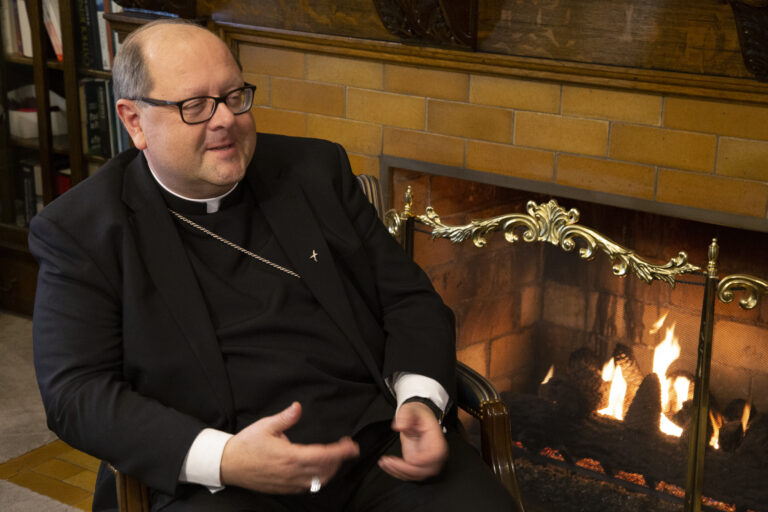
By The Catholic Accent
GREENSBURG — Over the next three years, the Diocese of Greensburg will explore and implement three faith formation models for students in religious education programs.
Each of the programs will be designed to give parents or guardians a choice as to how their child can participate in faith formation, according to Vincent Reilly, Managing Director of Faith, Family and Discipleship.
“Bishop (Larry J.) Kulick has approved a three-year plan that will allow us to reach all areas of the Diocese with one of these faith formation models,” Reilly said.
Reilly hopes to reach geographically focused areas of the Diocese comprising about a third of the parishes. The plan increases the participation of parishes by one-third in each year of the final two years of the plan.
One of the models being embraced by the Diocese and used in several parishes currently is the Catechesis of the Good Shepherd (CGS). CGS builds on a child’s religious potential and limited spirituality
Catechesis occurs in a religious environment called an atrium using objects and furniture that have been adapted to the child’s levels and needs.
Children discover liturgical symbols, engage in stories of sacred Scripture, and work with religious symbols and objects. Catechists are specifically trained to facilitate an encounter between Christ and children through the use of Scripture and liturgy.
Reilly said children who have gone through the process are likely to remain committed and connected to the faith as part of the Church through high school because they have a stronger understanding of the Bible and liturgy.
“The program is very experiential,” he said. “The children learn by handling the objects we use in the liturgy, and they make crafts that teach the biblical story. They are also able to go back and explore the things they’ve learned over the year. It becomes a very positive encounter for the child with the Church.”
CGS also prepares the child sacramentally for first reconciliation, first Eucharist and confirmation. Reilly says the Diocese is also looking to explore “traditional faith formation” and intergenerational, or family-based, catechesis.
Reilly said the traditional model needs to be adapted to an experiential model. “Similar to the ‘KNOW HIM” events, we would like to see our young people engaging with the Church, not just learning facts about Jesus but actually having an encounter with Christ, through the ministries of the parish, through prayer experiences that help to form them in the faith,” he explained.
Intergenerational catechesis is currently being done in several parishes. The model brings families together to learn about the same topic each week at different levels. “This is beneficial because the conversation continues at home and invites the entire family back to the Eucharist at Sunday Mass,” Reilly said.
Reilly is looking for trained faith formation leaders who can implement these models offered by the Diocese at the inter-parish level. “Just as there is a decline in priests, there is a decline in lay ministers trained in techniques of faith formation,” Reilly said. “We need to do things differently, not only in the Diocese, but throughout the Church in the United States if we are going to position ourselves to reach young adults and children by having more robust faith formation offerings which require trained individuals to lead them.”
Reilly said each of the models are designed, by experience, to form disciples of Christ. He said the experiential component is longer lasting. “It’s much easier to walk away from a set of doctrines or have a disagreement with a set of teachings or ideas, but it’s much harder to walk away from a personal relationship with Christ.”
- Tags:
RELATED STORIES
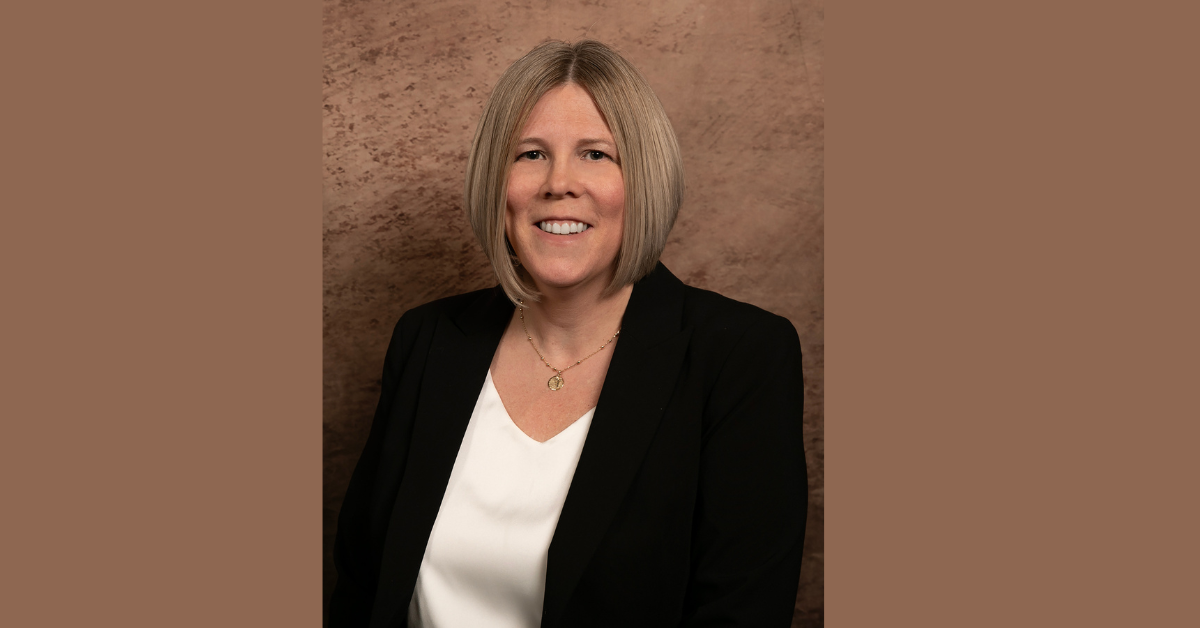
Gatti named as principal of Mother of Sorrows Catholic School in Murrysville
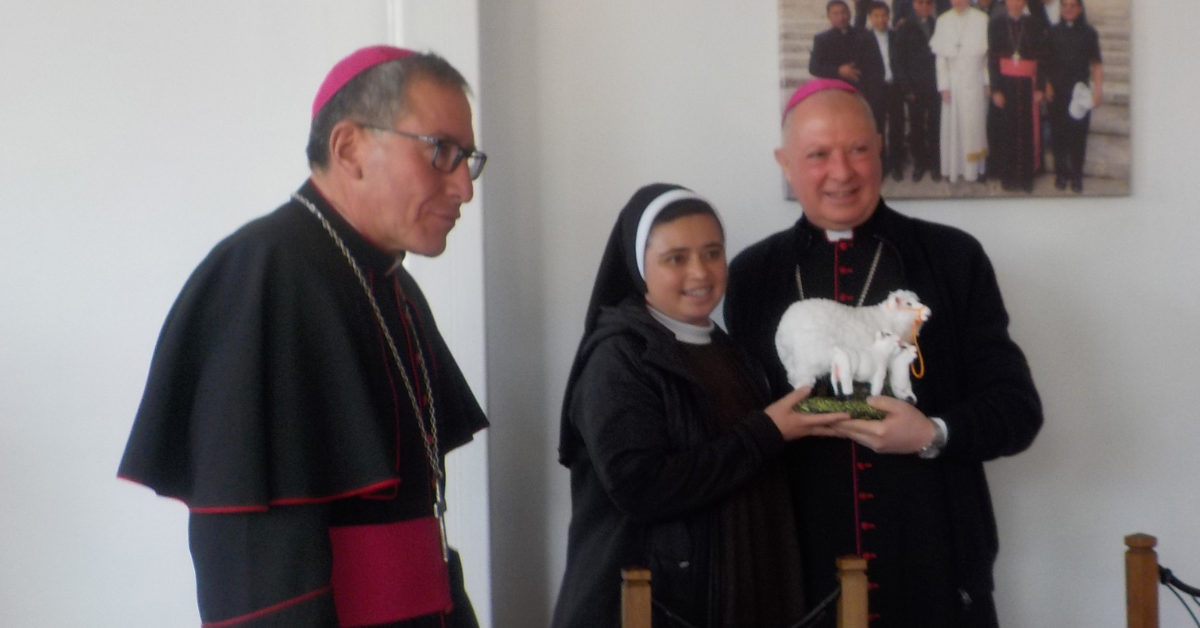
Apostolic Nuncio from the Vatican, Bishop Paolo Rocco Gualtieri, visits our sister Diocese of Sicuani
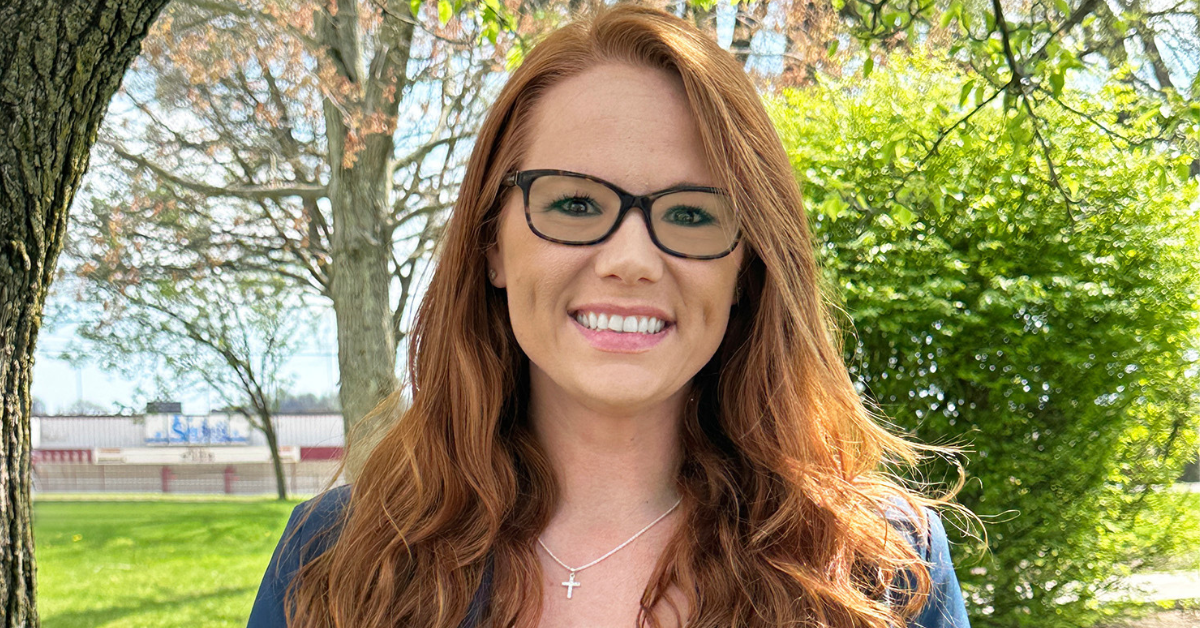
DeMarco announced as Assistant Principal at Greensburg Central Catholic Junior-Senior High School

Catholic Daughters of the Americas, Court St. Bernard Education Contest Awards
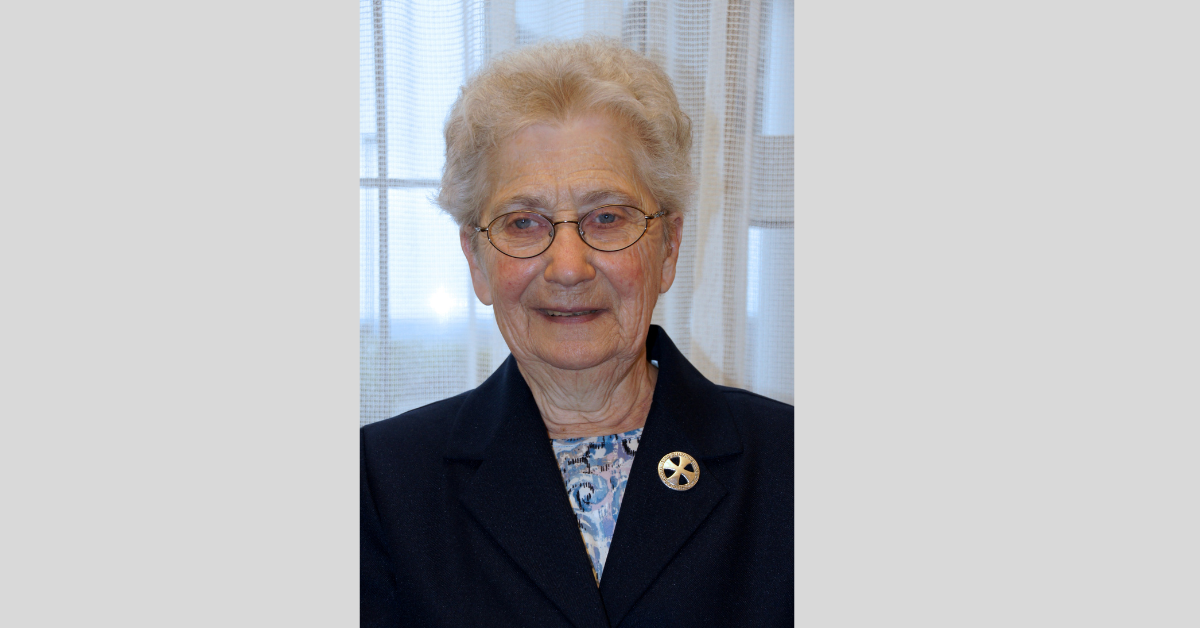
Sister Mary Jean Petrarca, SC, age 91, entered eternal life April 19, 2024 in her 72nd year of religious life
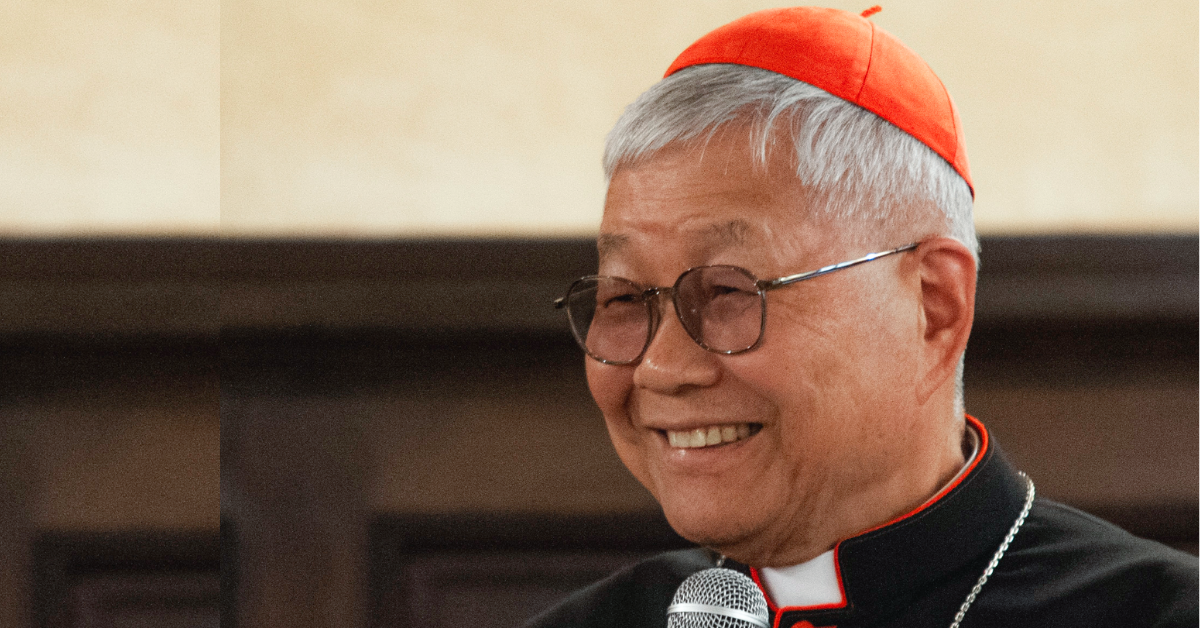
Cardinal: Vocation is call to happiness; right path is discerned in prayer

Catholics Participating in National Eucharistic Pilgrimage and the National Eucharistic Congress Have Opportunities to Receive Plenary Indulgences
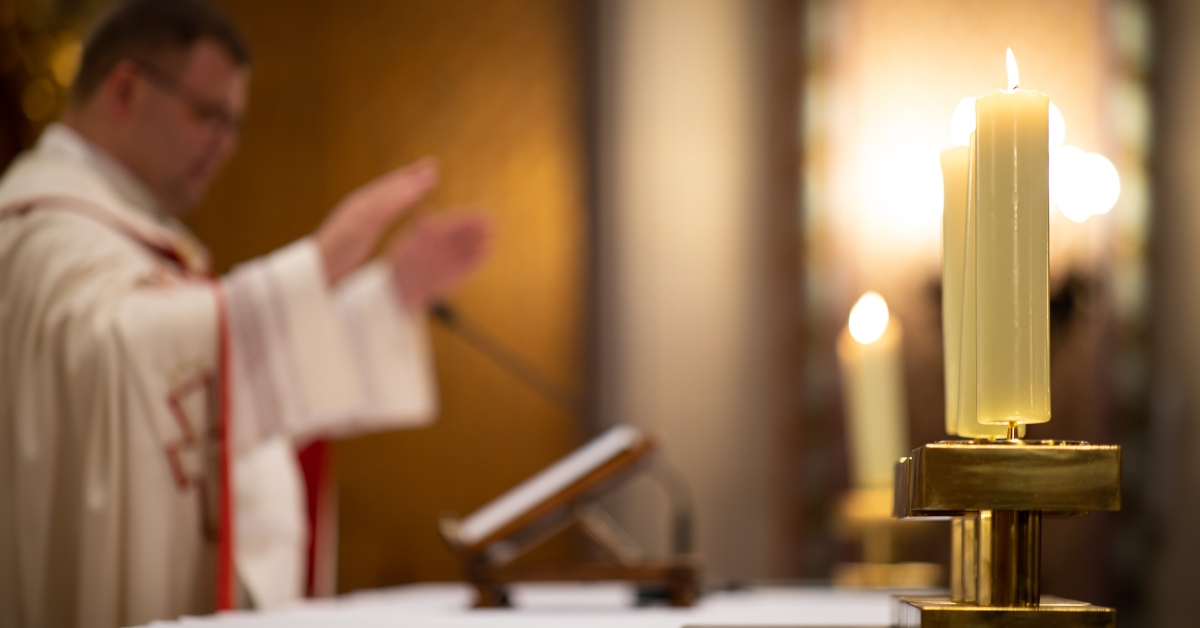
New Survey of Men Being Ordained to the Priesthood Underscores the Significant Influence of Parents on Children’s Vocational Discernment
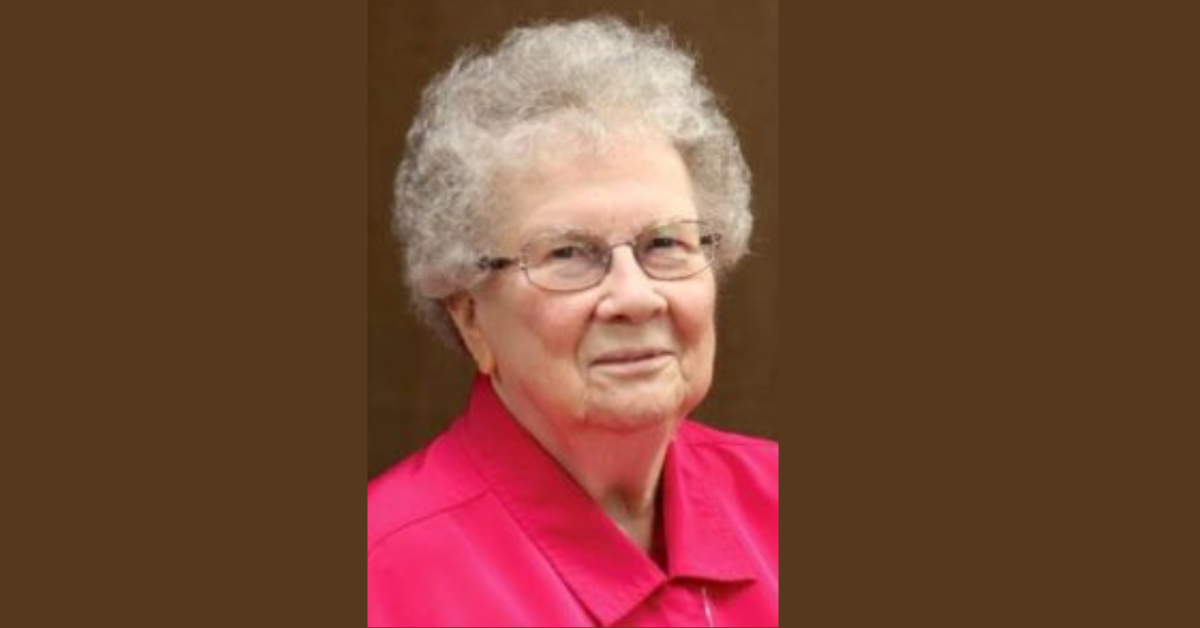
Sister Grace Snyder, a Sister of Saint Francis of the Neumann Communities – Millvale, after 76 years of religious life.
